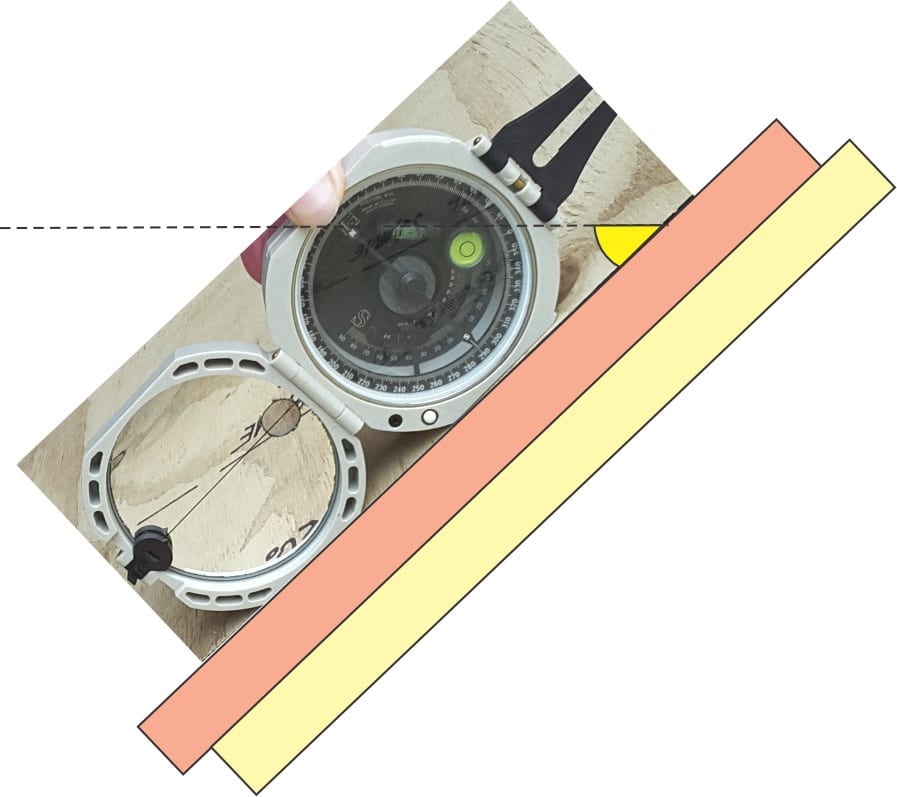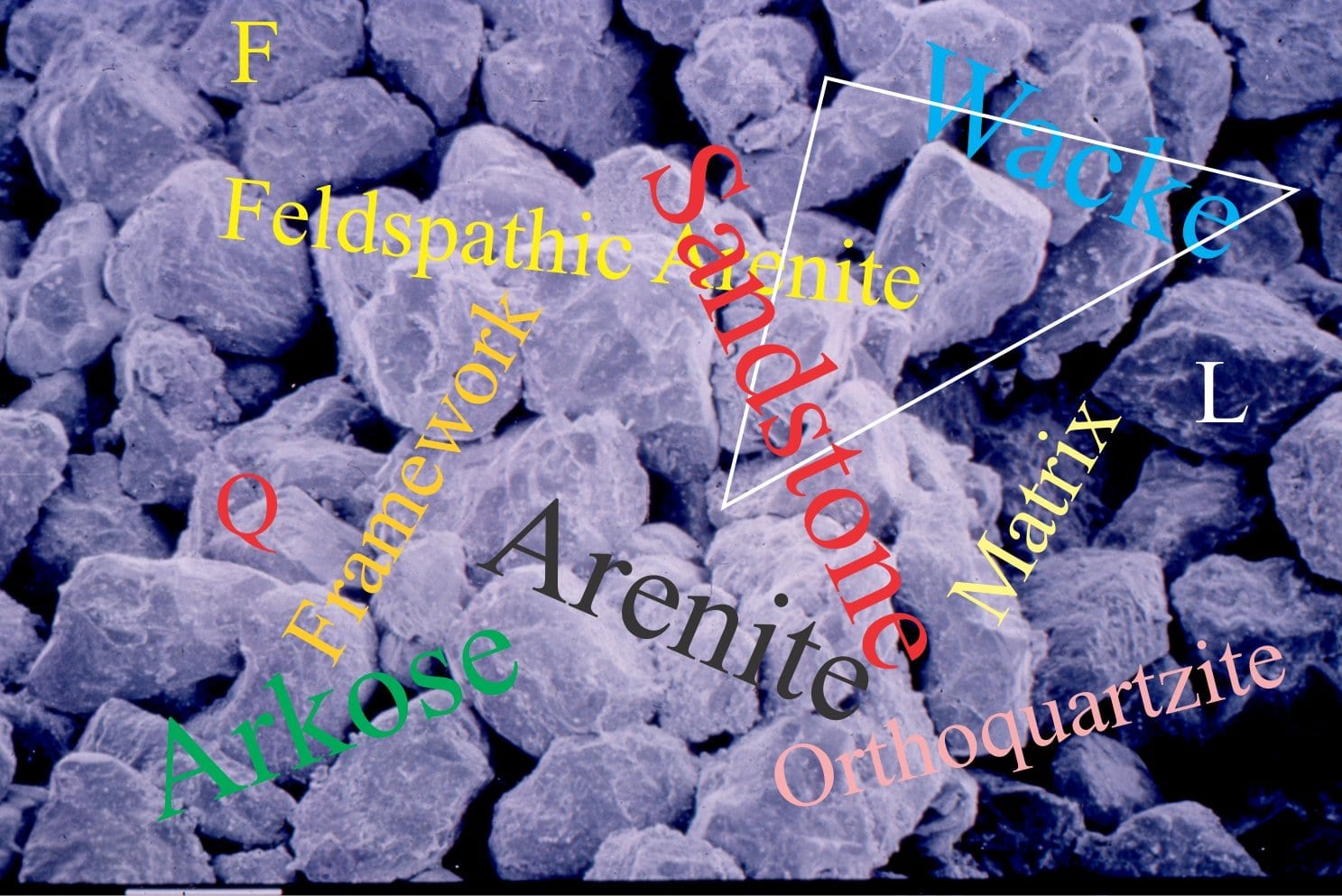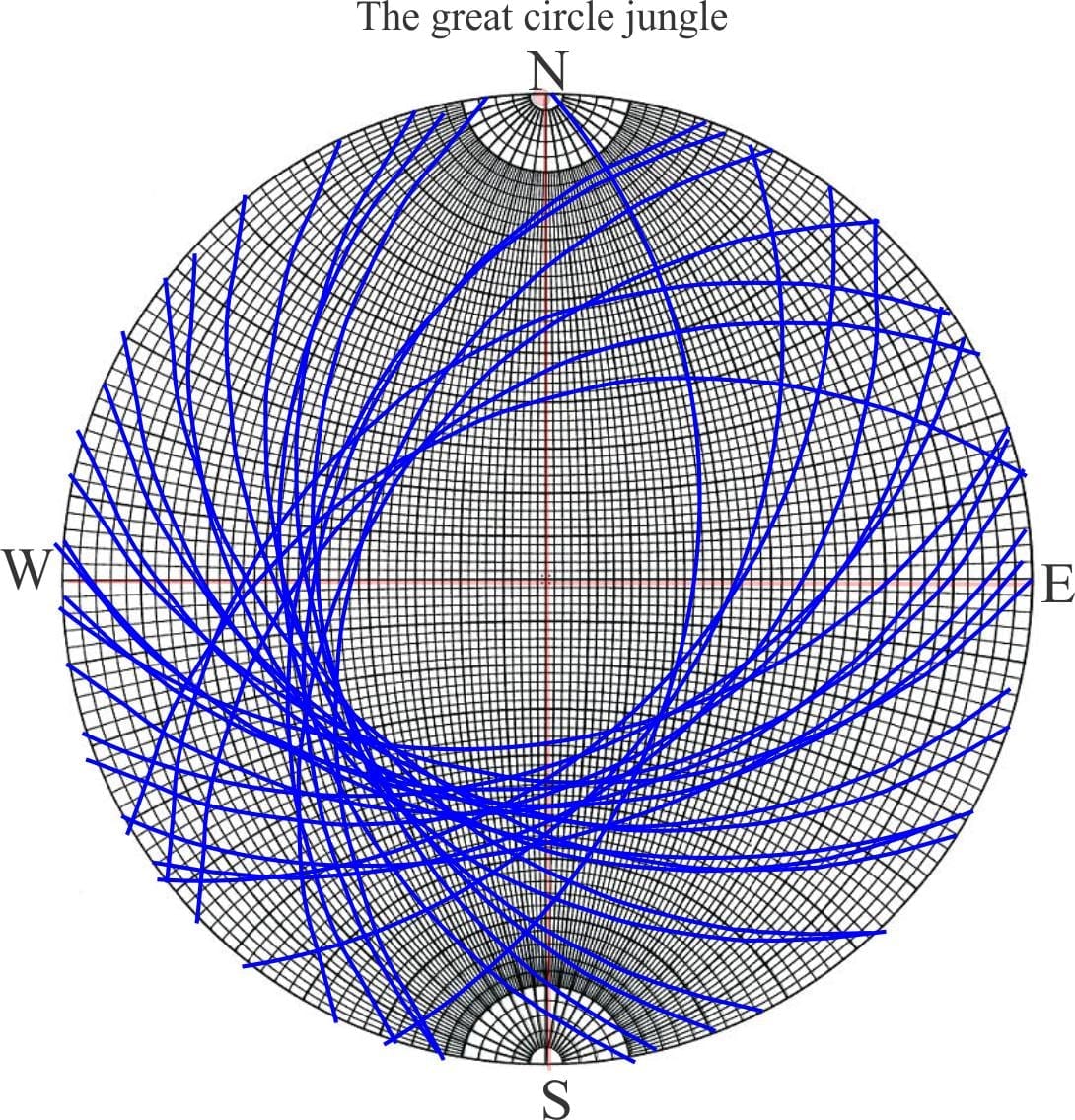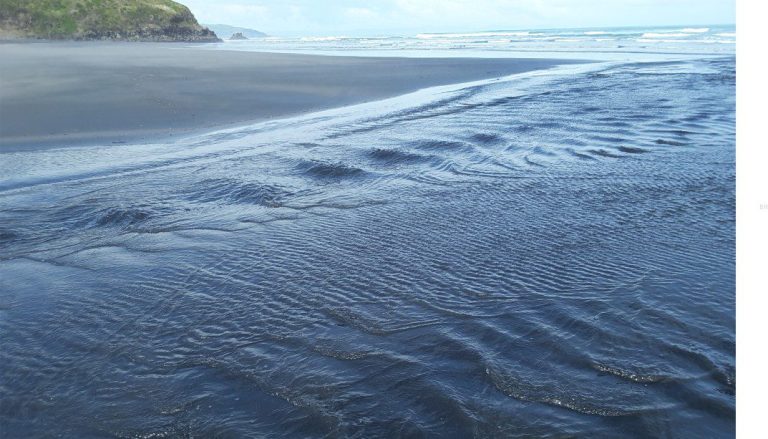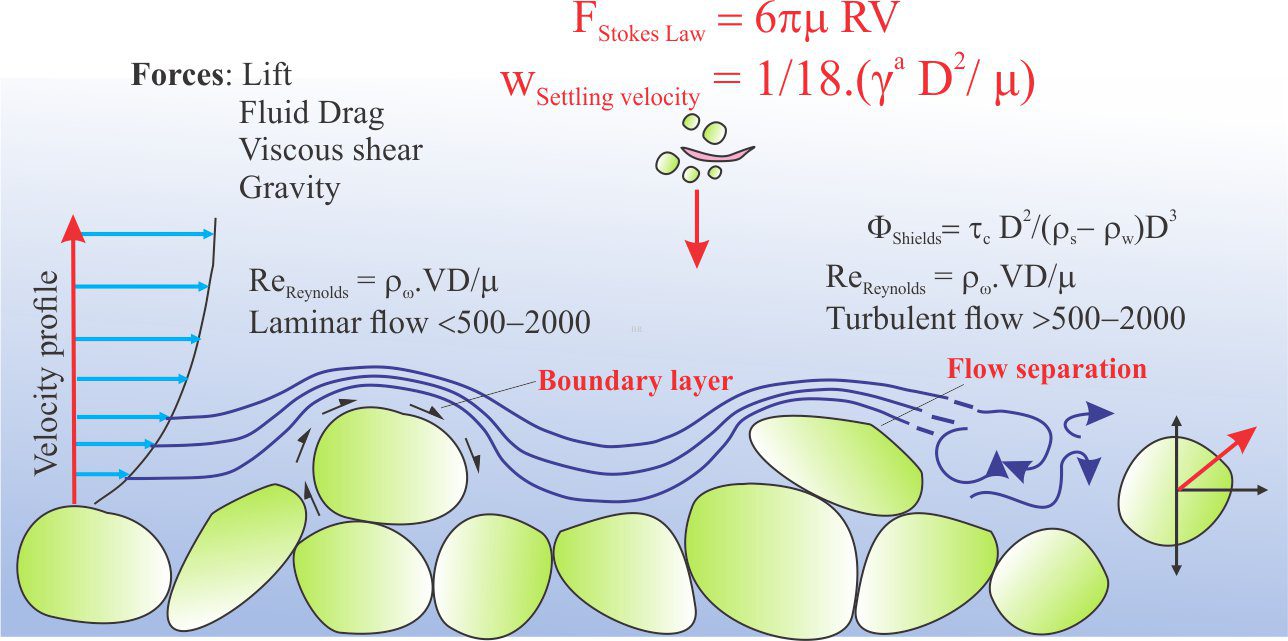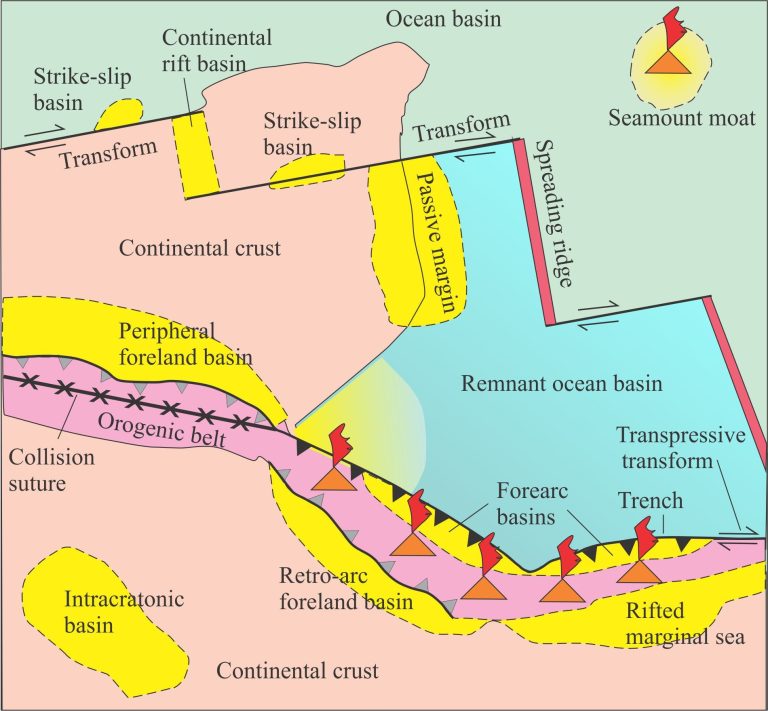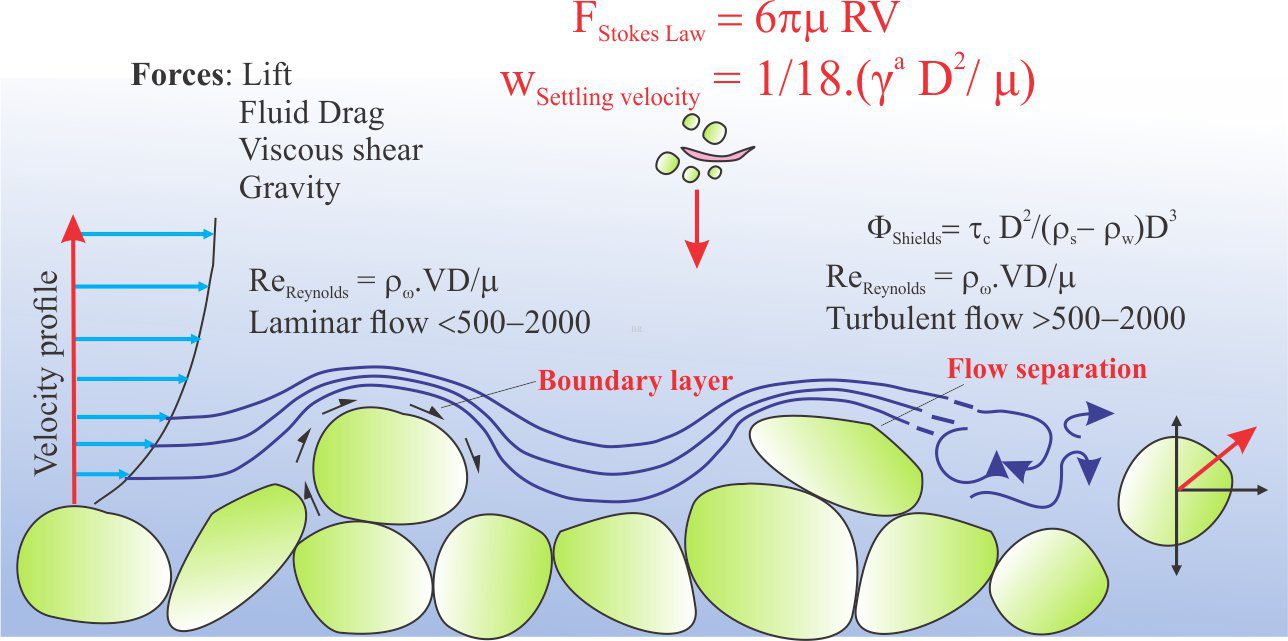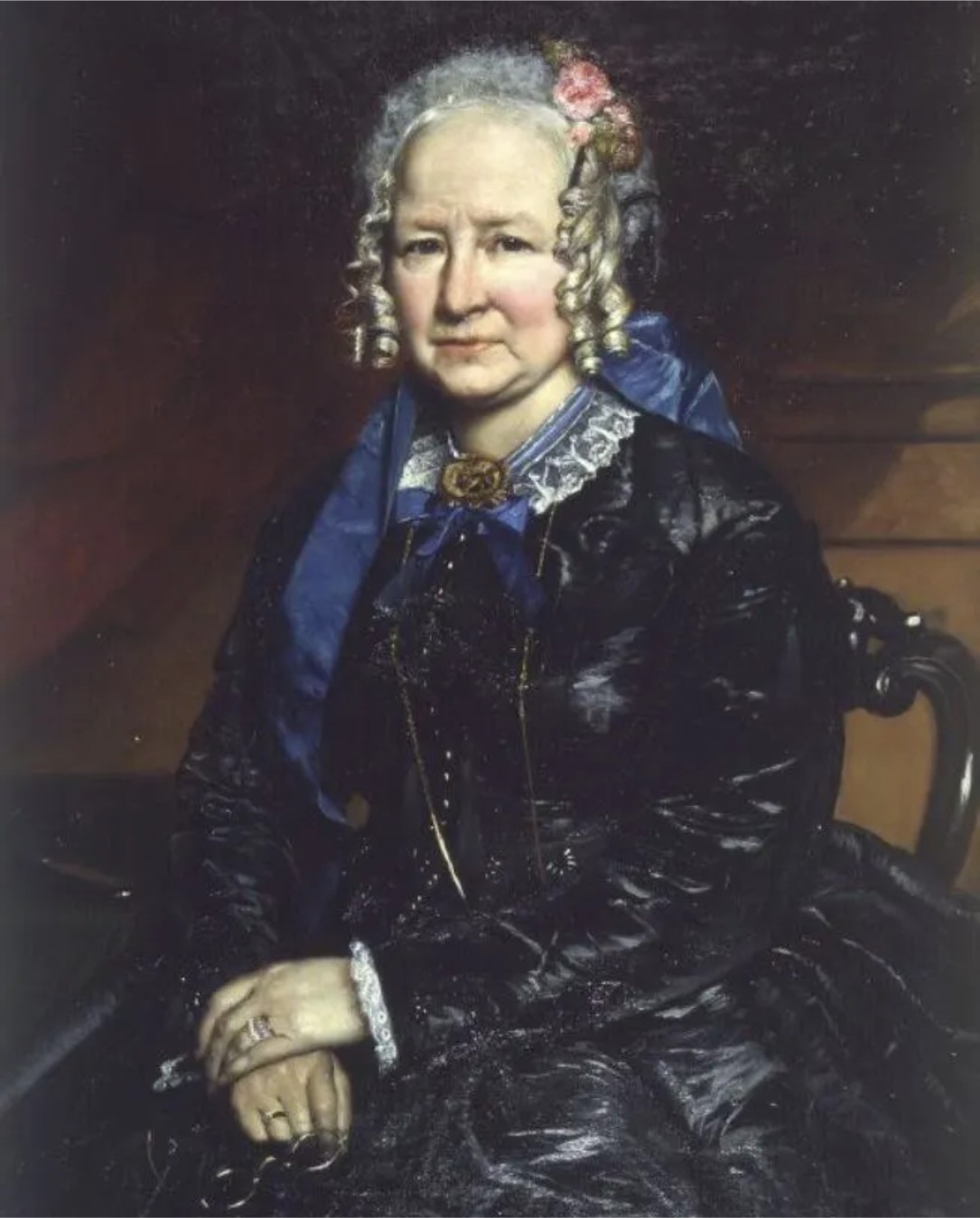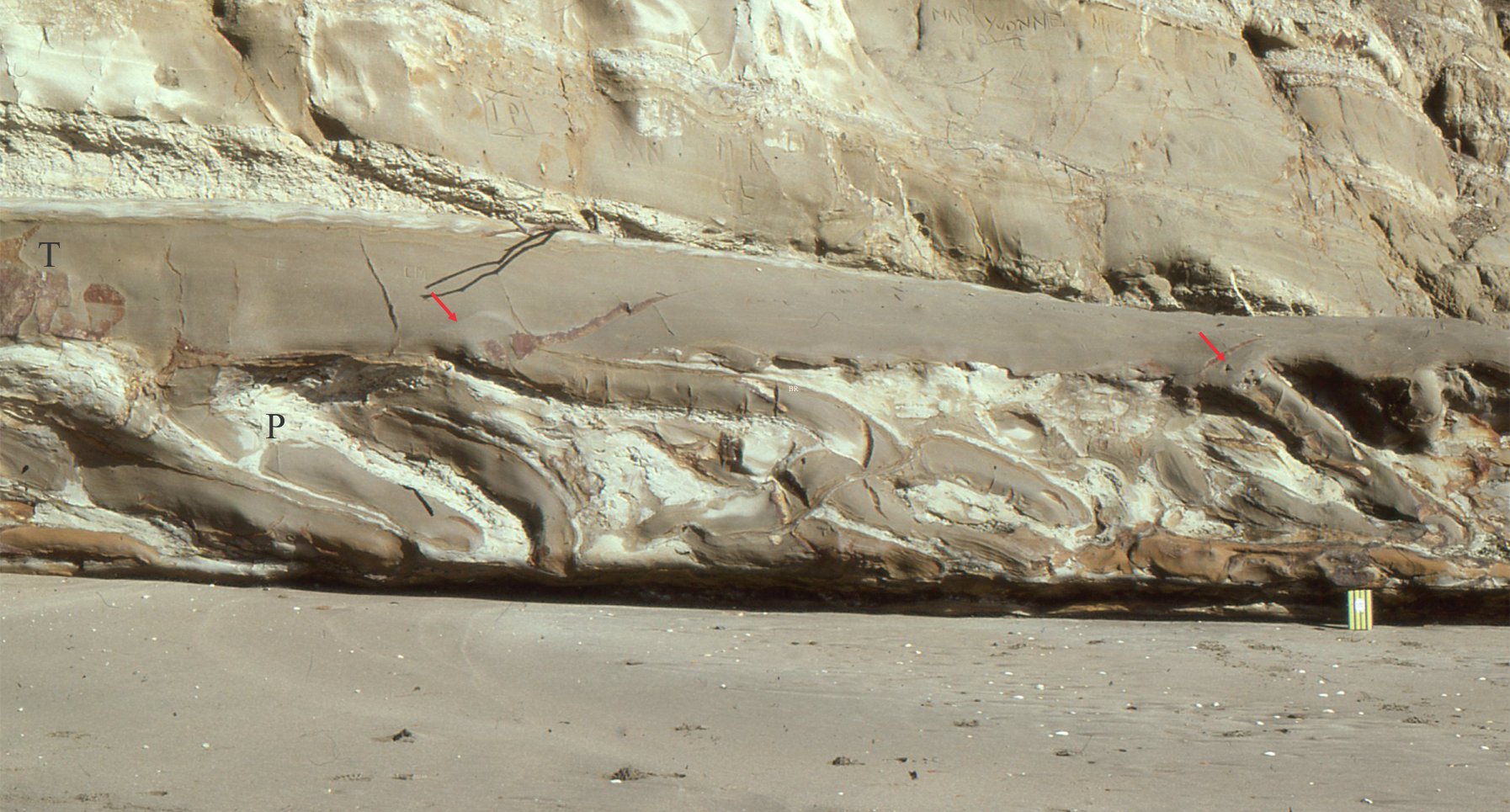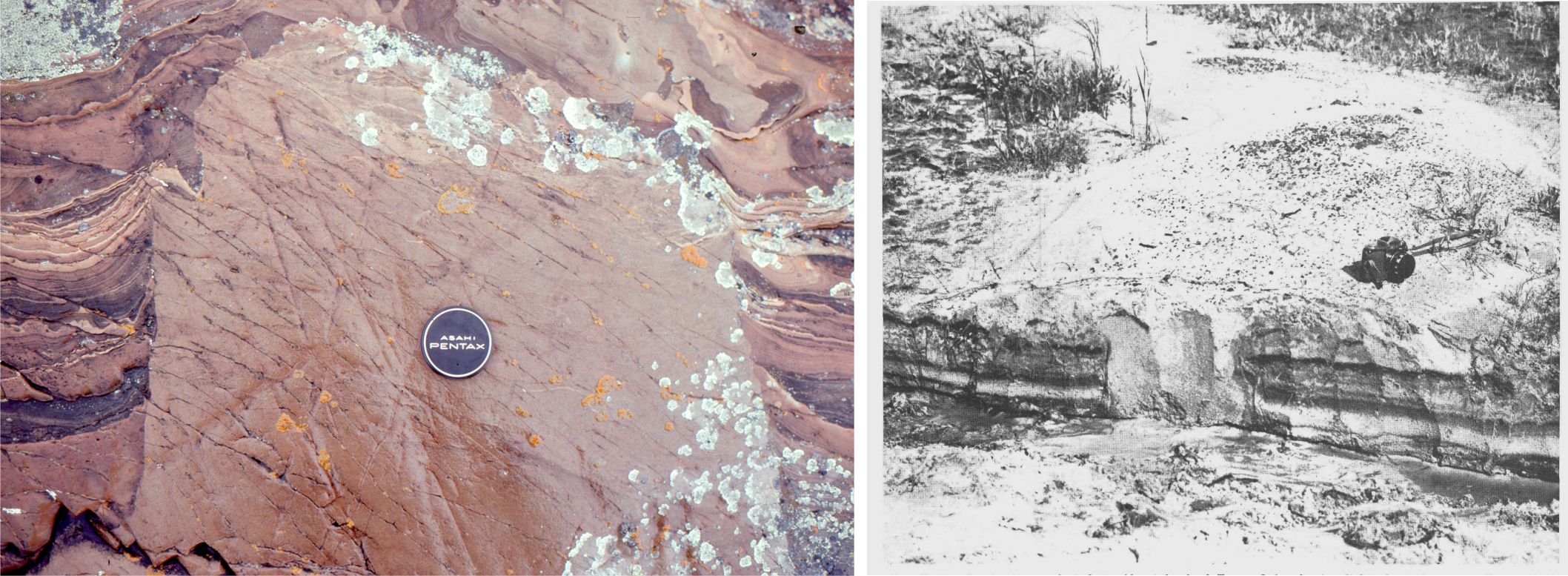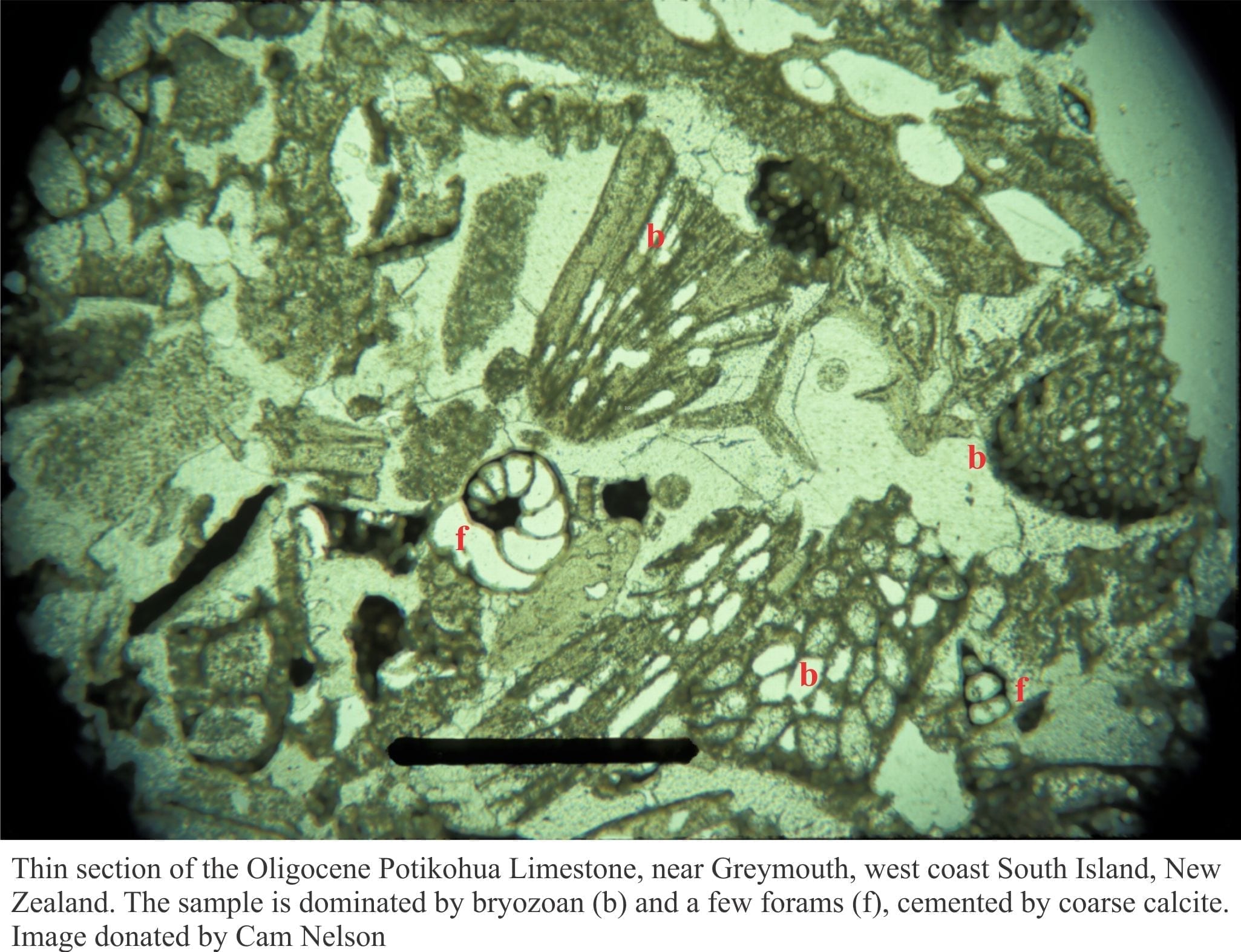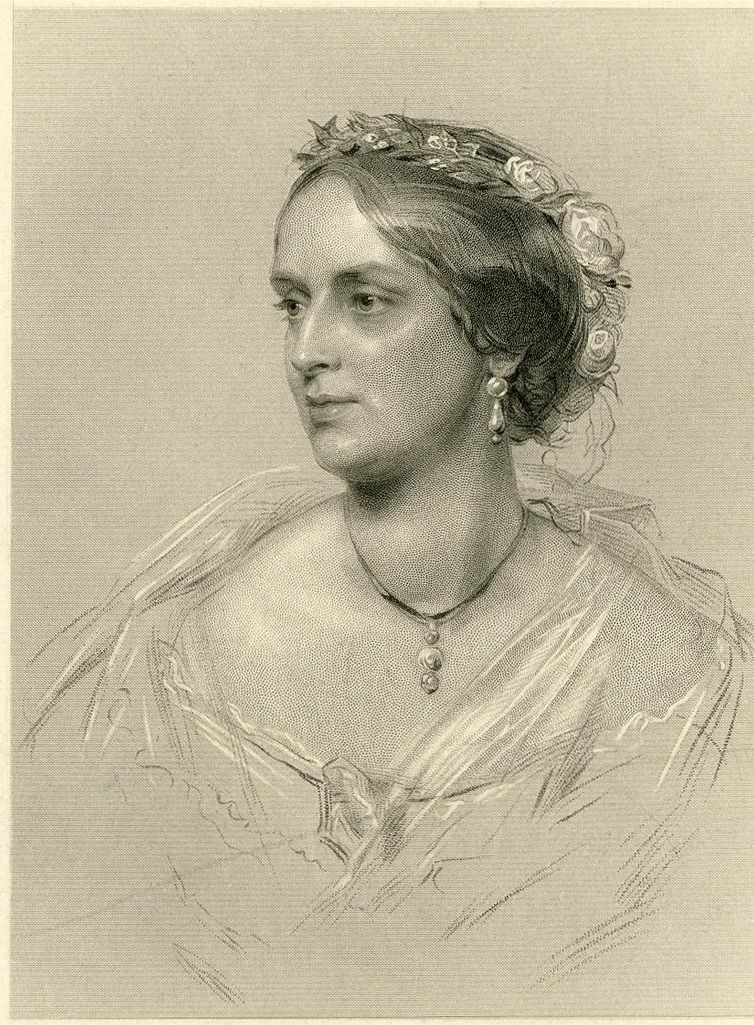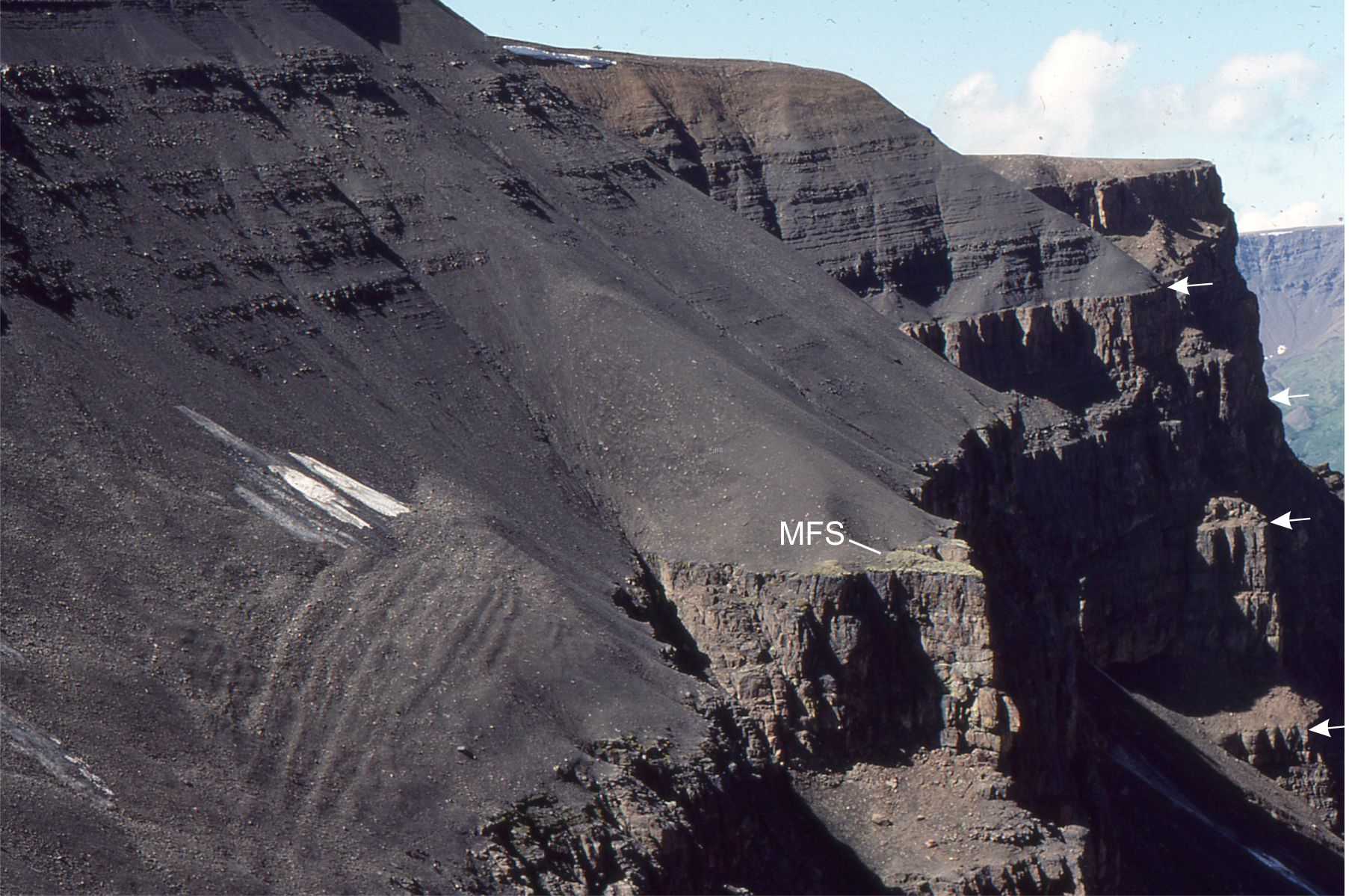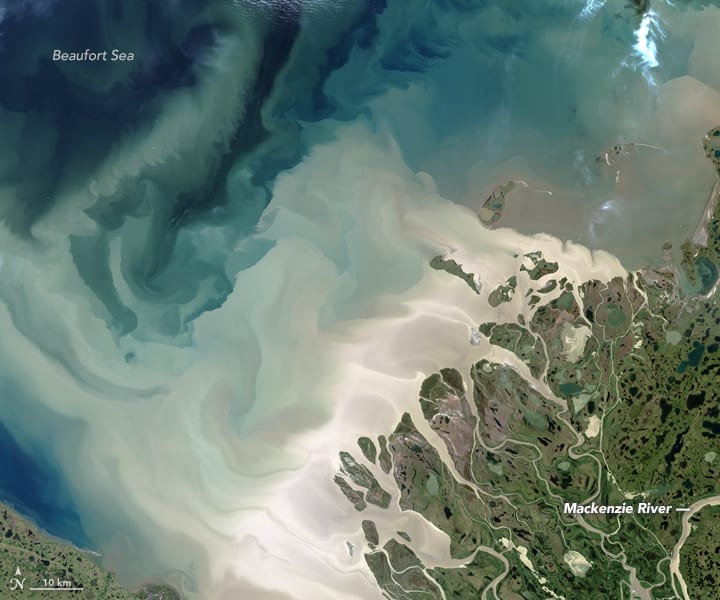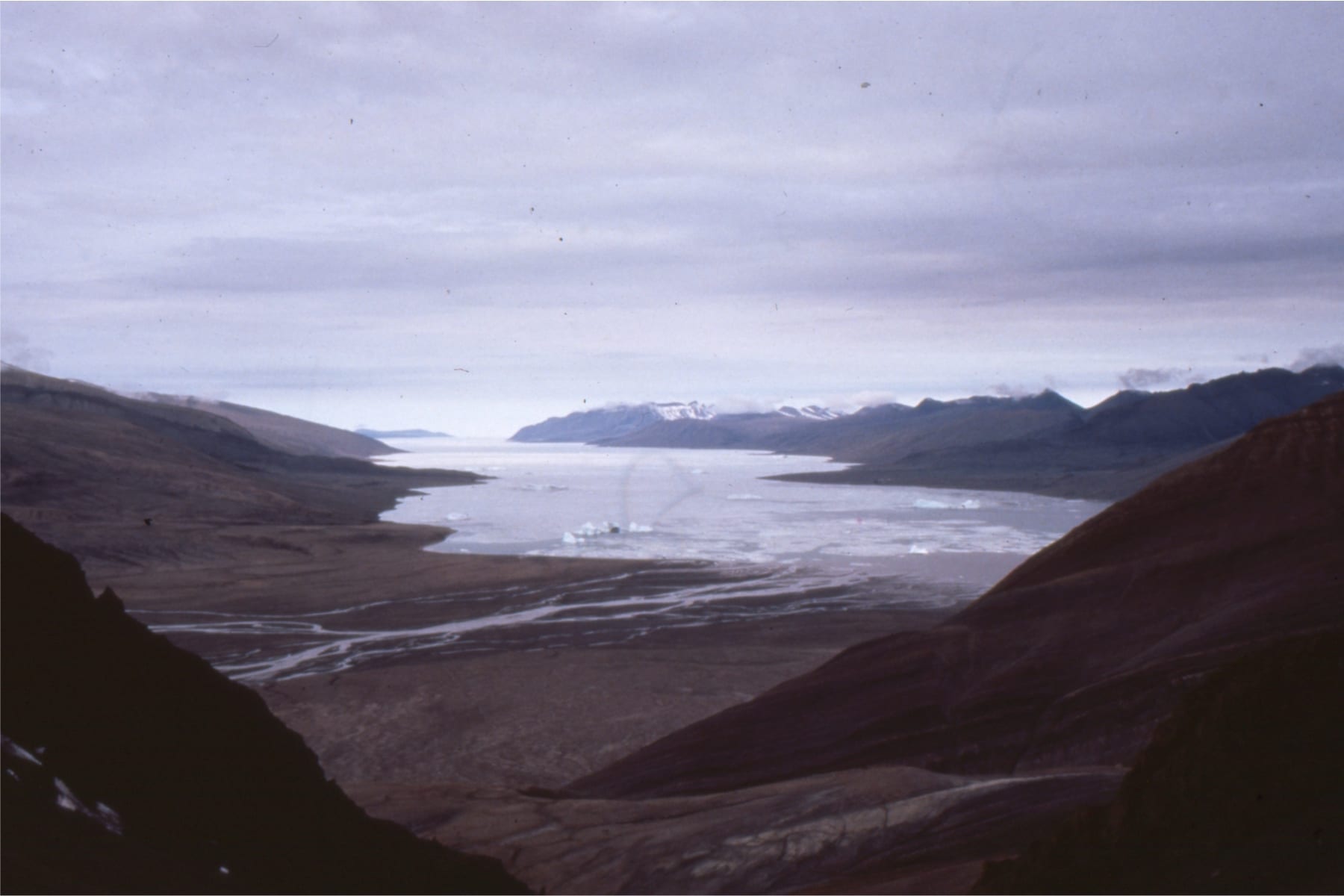
This brief article about Mary Mantell is part of the series Pioneering Women in Earth Sciences – the link will take you to the main page.
Mary Mantell (née Woodhouse) is one of those 19th C Hidden Figures whose contributions to science are either lauded or disputed. The standard tale usually credits her with discovering the first Iguanodon tooth sometime between 1819 and 1822, while wandering the green and pleasant hills near Cuckfield, Sussex, with a friend. The story goes that a local worker was worrying chunks of sandstone on the roadside, and as the two ladies passed by Mary noticed the unusual structure that she undoubtedly recognized as some kind of fossil masticator. Her husband, a noted paleontologist and surgeon (hopefully he was able to make the distinction during his anatomical excavations), after some thought and with the added weight of opinions from Georges Cuvier (Paris) and Samuel Stutchbury (Hunterian Museum, London), identified the teeth as those of a giant herbivorous reptile that he later named Iguanodon (Mantell, 1825, OA). Apparently Reverent William Conybeare, a prominent vertebrate paleontologist, suggested the name (Mantell, p. 184). Stutchbury had also sent some teeth from a modern Iguana, and it was the favourable morphological comparison that enticed Mantell to propose the name. In his paper, published in the Philosophical Transactions of the Royal Society of London, Gideon also noted other saurian fossils including “crocodile, megalosaurus, plesiosaurus, and the iguanodon,…” (p. 179).


Mary Mantell was ‘the wife of’ Gideon Mantell, a prominent surgeon and paleontologist who specialized in Cretaceous fossils. Like all wives of that period, she was Gideon’s property; she accompanied him in the field (not the surgery), took notes, categorized his collections, and provided sketches, paintings, and lithographs for his publications. Mary is listed as illustrator for one of Gideon’s better-known volumes – The Fossils of South Downs (Sussex; 1822). As a recorder of landscapes, geological structures, and fossils she must have imbibed a fair bit of ‘geological’ knowledge. The marriage did not survive with (unofficial) separation in 1839.

The South Down volume was authored primarily by Gideon Mantell; Mary’s name is included on the title page, acknowledging her role as illustrator. However, even this reference to his wife’s contributions was a bit unusual given the general lack of recognition to ‘geologists wives’ during that period of scientific endeavour. Even Charles Lyell made little or no reference in his major publications to his wife’s significant contributions. Despite this acknowledgement, Gideon Mantell’s description of Mary’s artwork (in the Preface) is less than fulsome – he asks the reader to excuse the illustration “defects”, noting that they are “destitute of that neatness and uniformity…” that a professional illustrator would achieve.
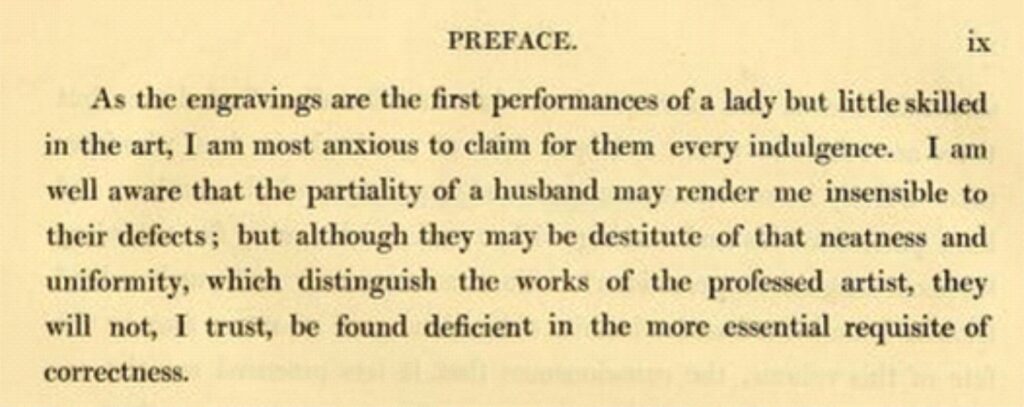

Errors of omission or commission?
Nowhere in Gideon’s 1825 paper does he mention his wife Mary –he only gives “…notice of the discovery of the teeth and bones of a fossil herbivorous reptile,…” (p. 179), omitting any mention of the discoverer. Martin Simpson (2020) notes that such omissions were not uncommon in some of Gideon Mantell’s other publications. Of course, Mantell was not alone in his failure to give credit where credit was due, as many geologist’s wives of this period could attest.
Some historians have disputed Mary’s role, maintaining that her husband Gideon Mantell was the actual discoverer, and that promotion of her part in the story was quaint or fictitious. Simpson (op cit) cites some of these in his article that goes some way to resurrect Mary’s role. Simpson goes as far as noting that one or two of these ‘deniers’ use the logically false argument ‘absence of evidence is evidence of absence’ to bolster their conclusions.
The circuitous route to discovering the discoverer

The early 1800s were witness to several important discoveries of ancient reptile-like fossils. Mary Anning (who was not the wife of anyone) and her brother discovered the first ichthyosaur in 1811; Anning went on to discover the first plesiosaur in 1823, and the first pterosaur in 1828 (in addition to many Jurassic ammonites and other molluscs). Along with the Annings’ discoveries, the Mantells’ find became part of science and society’s recognition that ancient, large, lizard-like creatures once inhabited Earth (posing all sorts of awkward theological problems for creation that continued to be a dominant philosophy in 19th C society). Local and national newspapers frequently reported such discoveries.
One such article in the Mid Sussex Times, dated November 1, 1887, tends to support Mary’s role in the affair. It was written by the pseudonymous Saunterer, who regularly contributed items to the newspaper. The 1887 article was discovered by Andy Revell who summarized its contents in a blog, and this blog in turn was discovered by Martin Simpson; it forms the basis of his 2020 article (Simpson provides no more information about Mr. Revell). Apparently previous biographers and historians were not aware of the 1887 piece, or at least made no reference to it.
One of the passages in the 1887 account reads thus:
“Three quarters of a century since, or thereabouts, Mrs. Mantell, wife of Sir Gideon, then a surgeon at Lewes, being on a visit to her friend, Mrs. Waller, wife of Mr. S. Waller, solicitor, of Cuckfield, the two ladies on walking over the green passed a man by the roadside breaking a lump of stones, when Mrs. Mantell perceived what appeared to be a fossil on one of the stones, they stayed to examine it, and being satisfied of its nature gave the man a gratuity to take it to Mrs. Waller’s house, from whence Mrs. Mantell took it home for her husband’s inspection.”
Saunterer’s account confirmed the sequence of events that placed Mary at the rock face; it is important to note that later commentators were not aware of Saunterer’s article. Mary paid the workman a gratuity for his efforts and dutifully took the specimen home for her husband’s perusal. He published the paper in the prestigious Royal Society Transactions in 1825 but gave no hint of the discoverer. Apparently, Gideon laid claim to the discovery in 1851, but this was some years after his separation from Mary that from other accounts was acrimonious. A formal divorce would have required a Private Act of Parliament (this changed in 1857 with the Matrimonial Causes Act, but the only formal grounds were adultery). After all, it would have amounted to a loss of face as well as a loss of Gideon’s personal property. Just before his death in 1852, he instructed his son to delete all references to his wife in the family journals and other documents. It seems likely that his claim of discovery was made more from a place of bitterness and depression than actuality.
Mary Mantell’s reputation as the discoverer of Iguanodon remains intact.
References and other links
G. Mantell, 1822. The Fossils of the South Downs: or Illustrations of the Geology of Sussex. London, Lupton Relfe.
G. Mantell, 1825. Notice on the Iguanodon, a Newly Discovered Fossil Reptile, from the Sandstone of Tilgate Forest, in Sussex. Philosophical Transactions of the Royal Society of London, Vol. 115 (1825), pp. 179-186. Open Access.
G. Mantell, 1851. Petrifactions and their teachings; or, a handbook to the gallery of organic remains of the British Museum. Bohn, London. (cited but not sighted)
M. Mantell, 1818. Description of a Roman vase found at Dorchester. Provincial Magazine (Lewes) 1, p57-58. (cited but not sighted)
Martin Simpson, 2020. The walk that changed history: New evidence about the discovery of the Iguanodon. Deposits.
Trowelblazers. 2016. Mary Ann Woodhouse Mantell.
Ferwen, 2025. Mary Ann Woodhouse and the discovery of Iguanodon.
Hamish Campbell, 2000. Holy incisors! What a treasure! New Zealand Geographic Magazine, Issue 046.
